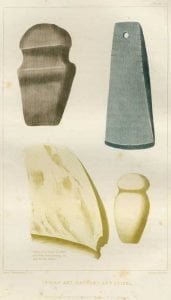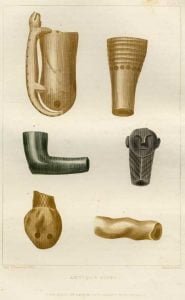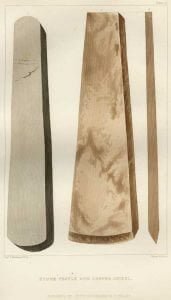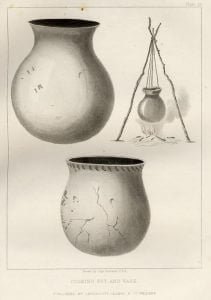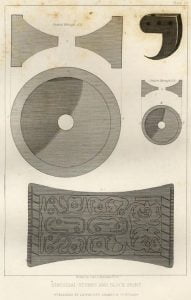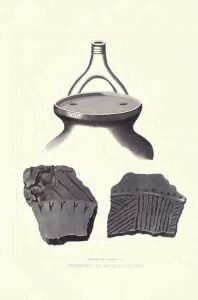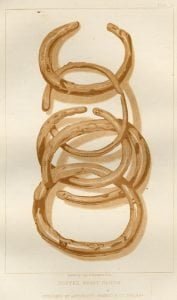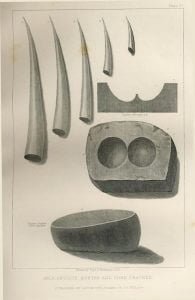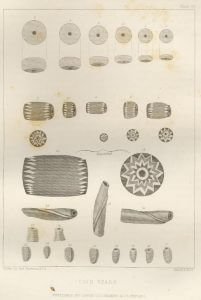History of the Cherokee Indians
Originally published in 1921, History of the Cherokee Indians, a reference originally created “for the purpose of perpetuating some of the facts relative to the Cherokee tribe, that might otherwise be lost,” in the words of author Emmet Starr. The result is a straightforward history of the Cherokee tribe with especial attention upon the 1800’s, an assortment of primary source writings, and thoroughly extensive genealogies of old Cherokee families. Genealogists and anyone tracing Cherokee ancestry are sure to find History of the Cherokee Indians especially illuminating; other readers curious about a more general history of the tribe will also find a wealth of insightful information about the Cherokee’s conflicts with other tribes, adoption of its constitution, emigrations, treaties, and much more. A handful of black-and-white photographs illustrate this solid historical and genealogical accounting.



